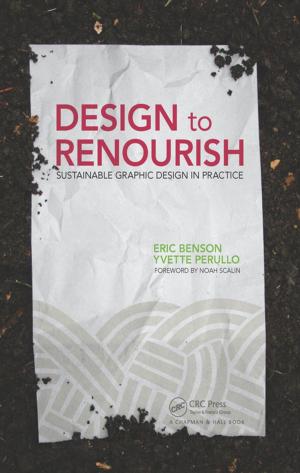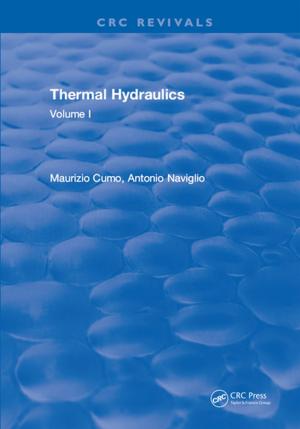Effects Conservation Tillage On Ground Water Quality
Nitrates and Pesticides
Nonfiction, Science & Nature, Technology, Engineering, Environmental| Author: | Terry J Logan | ISBN: | 9781351088527 |
| Publisher: | CRC Press | Publication: | January 18, 2018 |
| Imprint: | CRC Press | Language: | English |
| Author: | Terry J Logan |
| ISBN: | 9781351088527 |
| Publisher: | CRC Press |
| Publication: | January 18, 2018 |
| Imprint: | CRC Press |
| Language: | English |
Nowadays the environmental sustainability of the cropping systems is increasingly requested by the consumers. Conventional tillage practices, totally turning over the soil between the vineyard rows, may cause erosion due to rain as well as structure destruction of the soil in the long term. Conservation tillage is a soil management technique, poorly widespread in Sardinia, allowing cover cropping between vineyard rows. Furthermore, this technique makes the canopy development control of herbage possible by cutting it up during specific phenological phases. Conservation tillage usually involves direct benefits to farmers such as increasing soil fertility as well as reductionof tillage costs, soil erosion and carbon dioxide (CO2) emissions in the atmosphere. This long term trial, during at least five years aims to assess the conservation tillage impact on chemical-physical soil characteristics in comparison with traditional tillage by evaluating the change of organic matter, C.E.C. and availability of major plant nutrients in the soil and to estimate their probable rise. The field plots are located in a 35% slope condition vineyard, showing massive erosion problem and organic matter low content. A split/plot design with four replications was set up, with the comparison between conservation and traditional tillage apart as main plots. Moreover, the effects of two different irrigation levels were evaluated in the subplots of each main plot. At the beginning of the trial (2011) a pedological survey was made. Three soil profiles were described and sampled along the field slope and soil sampling in each plot were made both to characterize the soil and to find the zero point. The soil chemical and physical characteristics were monitored through a second soil sampling made at the end of 2013. Conservation tillage caused increasing organic matter content and C.E.C. values. As for major plant nutrients in soil, results were more uncertain. Grapevine yield and quality parameters did not show any negative effect when passing from conventional to conservation tillage techniques. The trial provided a preliminary positive evaluation of conservation tillage. However, more years are required to confirm this trend.
Nowadays the environmental sustainability of the cropping systems is increasingly requested by the consumers. Conventional tillage practices, totally turning over the soil between the vineyard rows, may cause erosion due to rain as well as structure destruction of the soil in the long term. Conservation tillage is a soil management technique, poorly widespread in Sardinia, allowing cover cropping between vineyard rows. Furthermore, this technique makes the canopy development control of herbage possible by cutting it up during specific phenological phases. Conservation tillage usually involves direct benefits to farmers such as increasing soil fertility as well as reductionof tillage costs, soil erosion and carbon dioxide (CO2) emissions in the atmosphere. This long term trial, during at least five years aims to assess the conservation tillage impact on chemical-physical soil characteristics in comparison with traditional tillage by evaluating the change of organic matter, C.E.C. and availability of major plant nutrients in the soil and to estimate their probable rise. The field plots are located in a 35% slope condition vineyard, showing massive erosion problem and organic matter low content. A split/plot design with four replications was set up, with the comparison between conservation and traditional tillage apart as main plots. Moreover, the effects of two different irrigation levels were evaluated in the subplots of each main plot. At the beginning of the trial (2011) a pedological survey was made. Three soil profiles were described and sampled along the field slope and soil sampling in each plot were made both to characterize the soil and to find the zero point. The soil chemical and physical characteristics were monitored through a second soil sampling made at the end of 2013. Conservation tillage caused increasing organic matter content and C.E.C. values. As for major plant nutrients in soil, results were more uncertain. Grapevine yield and quality parameters did not show any negative effect when passing from conventional to conservation tillage techniques. The trial provided a preliminary positive evaluation of conservation tillage. However, more years are required to confirm this trend.















